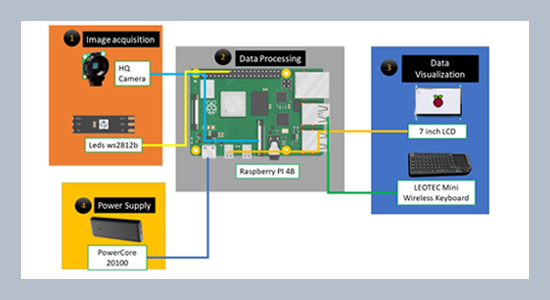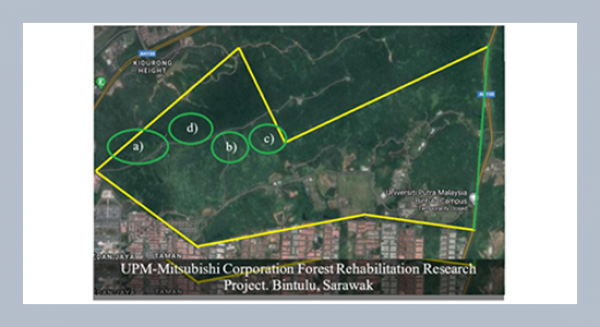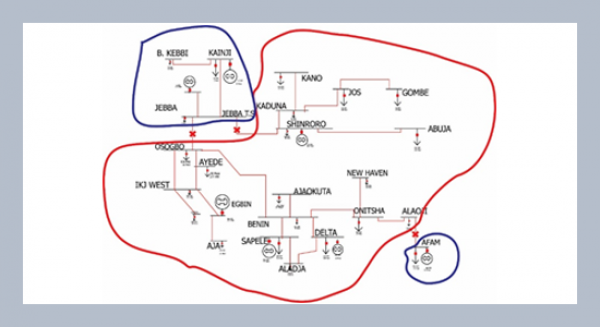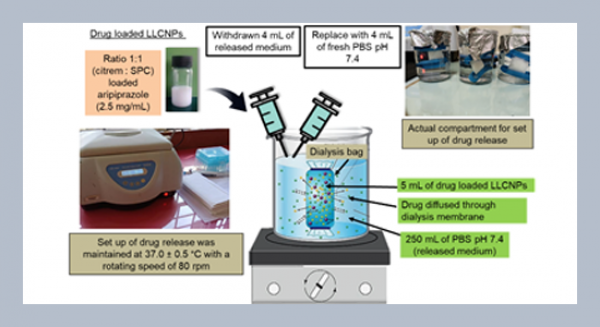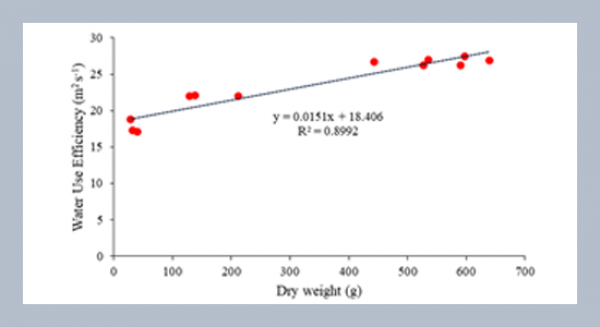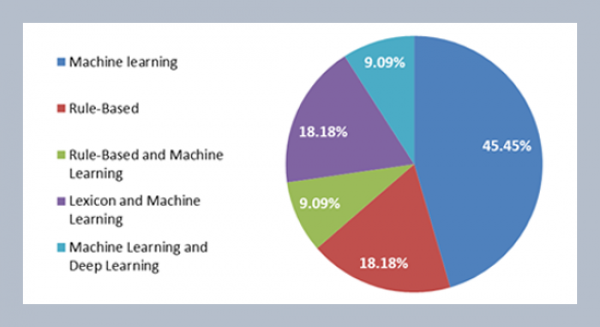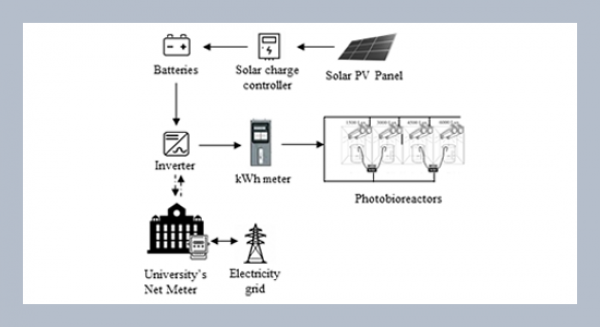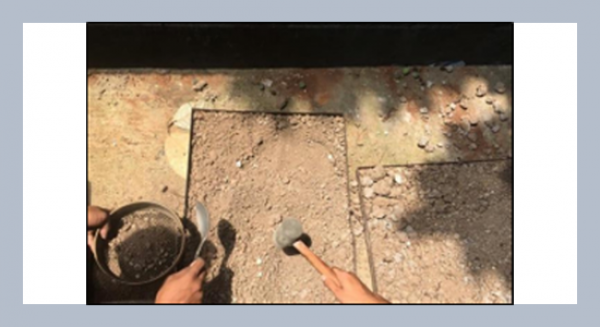Alejandro Blanco 1, José Sánchez 1, Christian del Carpio 2, Erwin Dianderas 3, Guillermo Kemper 1* 1 Faculty of Engineering, School of Electronic Engineering, Universidad Peruana de Ciencias Aplicadas, Lima 15023, Peru 2 Laboratorio de Investigación en Inteligencia Artificial, Robótica y Procesamiento de Imágenes, Universidad Nacional de Ingeniería, Lima 15333, Peru 3 BOSQUES, Instituto de Investigaciones de la Amazonía Peruana, Iquitos 16001, Peru
Download Citation:
|
Download PDF
The identification of timber species is highly important worldwide due to their global trade and the arising requirement of controlling, regulating and monitoring illegal logging. Peru has an important timber trade due to extensive forest resources in the Peruvian Amazon. This context makes it necessary to have technological tools for timber species identification using tree leaves, in an attempt to control deforestation in the Amazon forests. Current identification methods require manual labor, are subjective and inefficient regarding time, cost and precision. Moreover, the scientific literature does not include electronic devices nor algorithms which exclusively identify Peruvian timber species. With this in mind, this work proposes a portable electronic equipment that detects 11 timber species from the Peruvian jungle, based on image processing techniques and convolutional neural networks (CNN). The device consists of a carbon fiber structure, a keyboard, a 7-inch display, internal lighting and a tray for the leaf sample. The algorithm uses color filters, thresholding and other operations to segment the leaf and then input it to a neural network. After comparing the AlexNet, VGG-16 and MobileNet architectures, the last one shows the best performance, with an average precision of 98.64% when identifying the 11 timber species.ABSTRACT
Keywords:
Portable device, Timber species, Image processing, Convolutional neural networks (CNN), Species identification.
Share this article with your colleagues
REFERENCES
ARTICLE INFORMATION
Received:
2023-07-24
Revised:
2023-09-06
Accepted:
2023-09-18
Available Online:
2023-12-26
Blanco, A., Sánchez, J., del Carpio, C., Dianderas, E., Kemper, G. 2024. Identification of Peruvian timber species based on image processing and convolutional neural networks. International Journal of Applied Science and Engineering, 21, 2023274. https://doi.org/10.6703/IJASE.202403_21(1).001
Cite this article:
Copyright The Author(s). This is an open access article distributed under the terms of the Creative Commons Attribution License (CC BY 4.0), which permits unrestricted use, distribution, and reproduction in any medium, provided the original author and source are cited.



